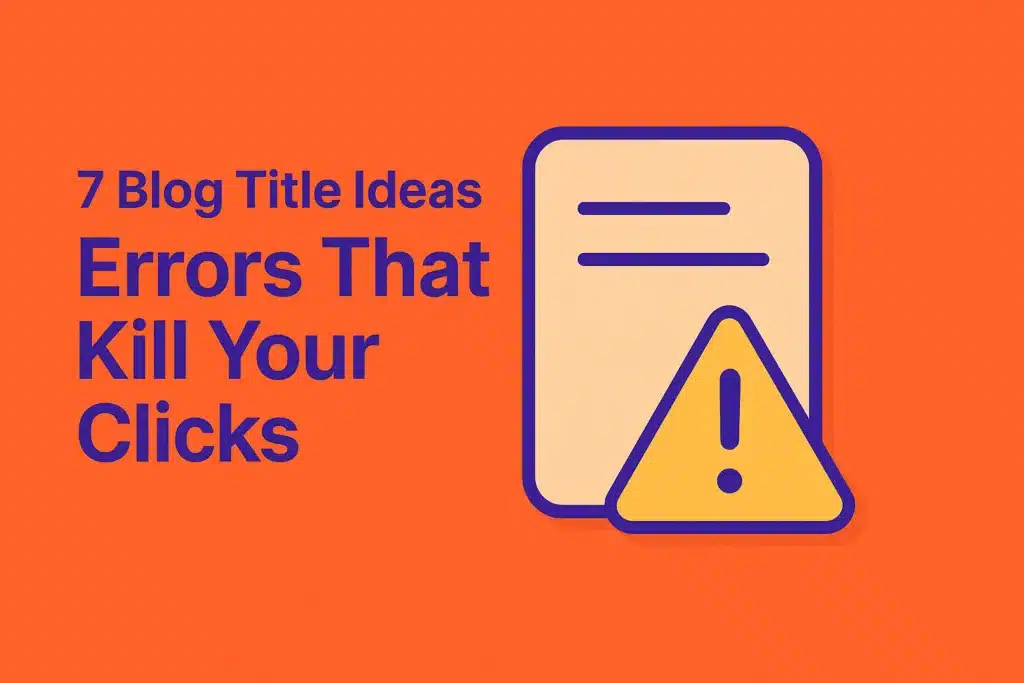By studying how shoppers use search engines, marketers learn which terms indicate serious buying interest. This helps shape plans that focus on commercial keywords, SEO keyword research, buyer intent keywords, defining commercial intent, and semantic keyword classification. Readers who want money-making campaigns can focus on these factors to simplify user paths and boost conversions.
Understand Commercial Keywords and Intent
Commercial keywords help businesses find people who plan to spend or compare products. These terms show deeper buying motives than purely informational queries. Marketers who track them understand how audiences move from browsing to purchase. This focus creates plans that focus on true conversions over basic site visits and final exits.
What are commercial keywords and why they matter
Commercial keywords focus on terms that hint at buying intent. Marketers measure them by studying potential purchase signals, including CPC and competition. “Commercial intent is the process of assessing the likelihood that someone searching for a keyword becomes a lead or customer” (Backlinko). This focus increases revenue.
How buyer intent keywords drive purchasing decisions
Buyer intent keywords encourage deeper consideration from potential customers. These phrases prompt comparisons, reviews, and brand browsing. “According to Semrush’s Organic Research tool … keywords with fully or partially commercial intent drive a important share of organic visits to major retailers” (Semrush). This trend supports strong conversions.
Differences between informational and commercial intent
Informational keywords attract users seeking broad answers. Commercial intent focuses on those who consider choices or compare products. “Users rely on commercial intent keywords if they’re in the ‘review’ stage of the marketing funnel” (ClearVoice). This difference affects how brands convert visitors. It shows distinct search aims.
Use Keyword Research to Spot Buying Signals
Marketers rely on seo keyword research to find signals behind commercial keywords. By studying terms with high CPC or strong volumes, they discover best options for conversions. Studying search intent shows whether users want solutions or pricing details. This data-driven approach directs content, ads, and promotional plans toward actual profit.
Steps for seo keyword research around commercial terms
Marketers gather relevant topics, then improve those lists with volume and difficulty metrics. “Keyword research is the process of finding and studying search terms…for SEO” (HubSpot). They examine intent, group phrases, and create content that matches searchers’ buying needs. This method shows best commercial term clusters.
How search volume and CPC reflect buyer readiness
High search volume shows broader awareness, while a high CPC often points to strong commercial intent. Advertisers willingly pay more if buyers are ready to spend. “Look for keywords with a high CPC, which signals a strong commercial intent” (Backlinko). This approach identifies money-making options and drives revenue.
Identifying converting terms through SERP analysis
Studying search results shows actual user questions, rival strategies, and content gaps. “Keywords are stepping stones to user intent. By figuring out what people truly seek, you customize content to match their needs” (ProfileTree). This understanding finds terms with real conversion potential. SERP features show instant user needs.
Classify Keywords by Intent and Relevance
Marketers classify keywords by their intent and business value. This approach focuses on terms that generate leads or direct purchases. Through semantic keyword classification, they group related concepts and assign each set to relevant content. This clarity reduces overlap, boosts user experience, and creates better overall connection across all funnel stages.
Use semantic keyword classification to group by value
Semantic keyword classification identifies terms with similar meanings. This method groups related phrases, such as synonyms or context overlaps. Businesses organize content around related themes, which explains each keyword’s value. By tracking closeness in meaning, marketers address user needs with accuracy and guide them toward money-making choices.
Cluster keywords to uncover patterns of purchase intent
Keyword clustering identifies terms that share the purpose. This method finds patterns in user searches, letting brands tailor content. “For example, the keywords ‘how to choose a laptop for gaming,’ ‘laptop buying guide,’ and ‘what to look for in a gaming laptop’ can form a cluster” (LinkedIn).
Segment terms across funnel stages for strategic mapping
Segmenting keywords makes sure each funnel stage receives proper content. Top-of-funnel terms create awareness through guides or tutorials. Mid-funnel queries involve clear feature comparisons or brand reviews. Bottom-funnel phrases show direct purchase intent. This layout helps marketers map content that grows leads from first interest to final action.
Conclusion
Commercial keywords connect serious buyers with relevant offerings. By studying user intent, marketers find deeper signals than raw traffic numbers can provide. Actions like studying CPC, studying buyer intent keywords, and mapping each term to funnel stages build stronger leads. Through semantic keyword classification, groups of phrases show consistent themes that match purchasing behaviors. Tools like SERP analysis confirm which terms convert effectively. This method increases effectiveness throughout the funnel, leading potential customers from finding to purchase. Each step, from defining commercial intent to clustering similar queries, improves clarity. Focus on these steps, and commercial keywords can change keen seekers into paying clients. Marketers see improved conversions and long-term growth.
FAQs
How do I find commercial keywords in SEO keyword research?
What is the importance of defining commercial intent in marketing?
Where do buyer intent keywords fit in the sales funnel?
Can semantic keyword classification really boost conversions?
What tools help analyze commercial keyword options?

Ridam Khare is an SEO strategist with 7+ years of experience specializing in AI-driven content creation. He helps businesses scale high-quality blogs that rank, engage, and convert.



